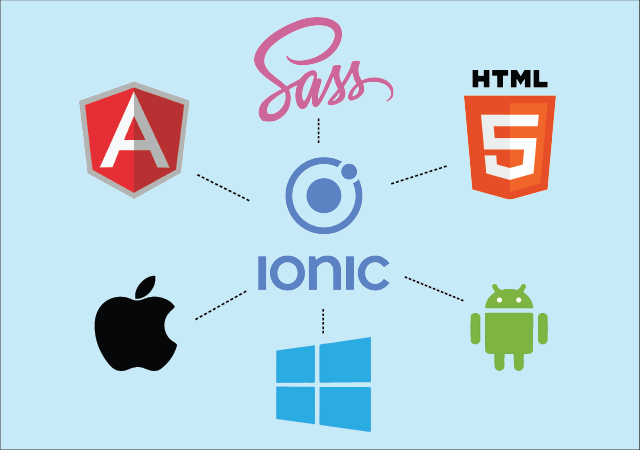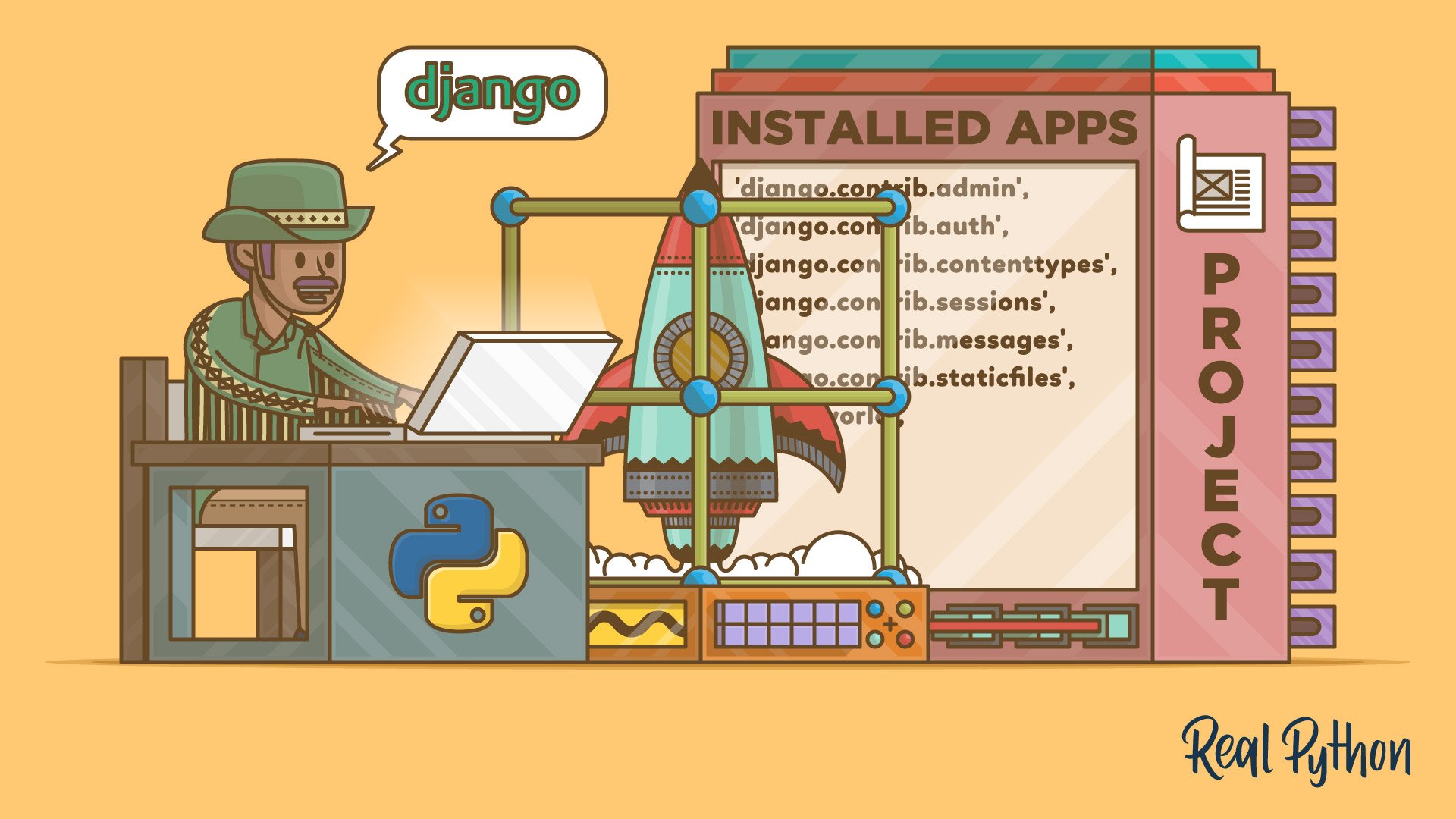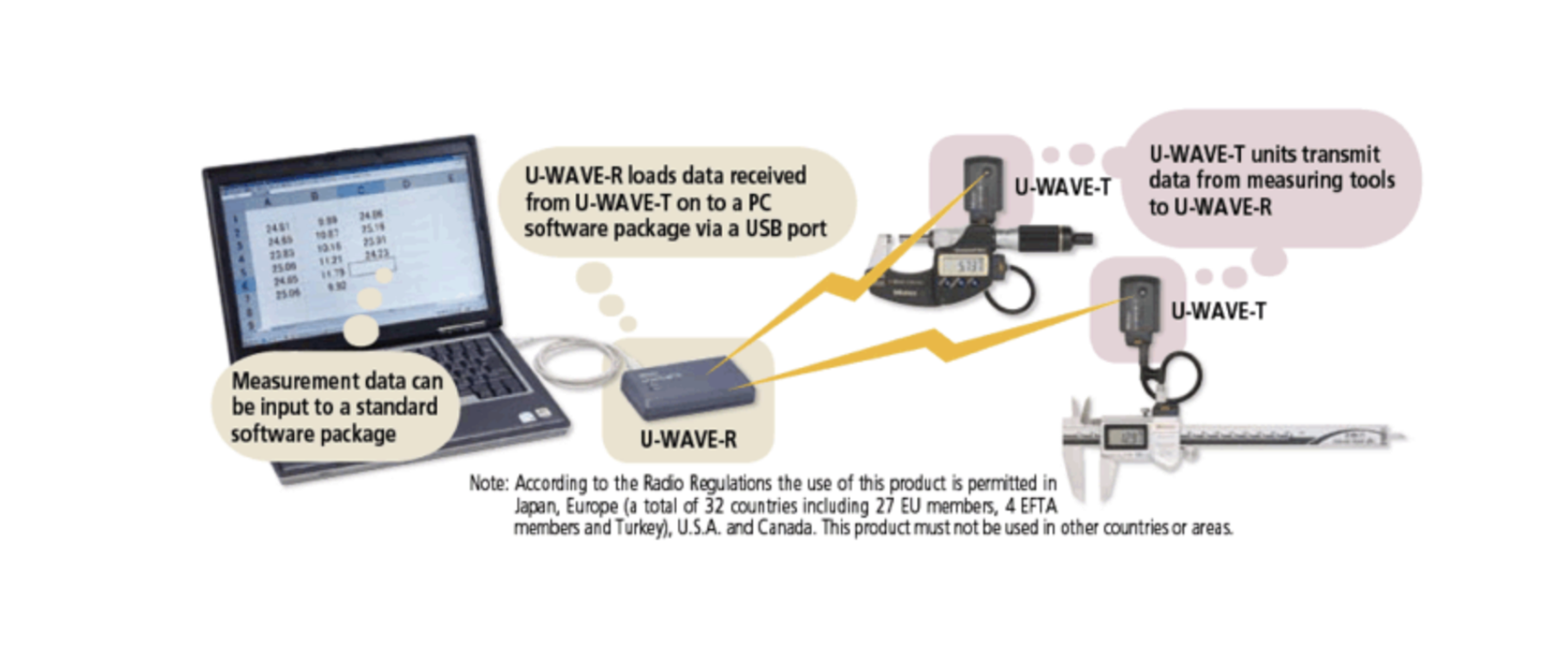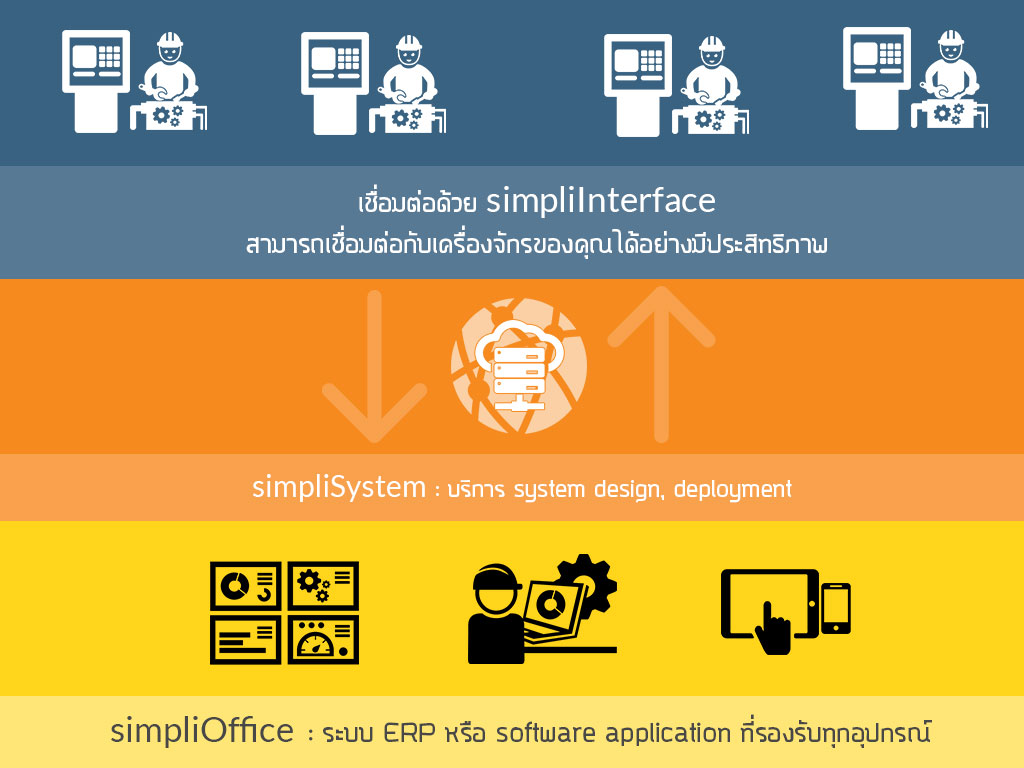Build a Local Product Recommendation System with LangChain, Ollama, and Open-Source Embeddings
In this post, you’ll learn how to create a fully local, privacy-friendly product recommendation engine for your e-commerce site using LangChain, Ollama (for LLMs), and open-source embeddings. No OpenAI API or external cloud needed—run everything on your machine or private server!
Why This Approach?
- Keep your customer data private
- Zero API cost—no pay-per-call fees
- Use powerful open-source LLMs (like Llama 3, Mistral)
- Flexible: works for product catalogs, FAQs, or any knowledge base
Solution Overview
We combine three key components:
- SentenceTransformers for generating semantic product embeddings.
- Chroma for efficient local vector search.
- Ollama to run LLMs (like Llama 3) locally, generating human-like recommendations.
Data Flow Diagram
Here’s how data flows through the system:
flowchart TD
U["User Query<br/>(e.g., 'waterproof running shoe for women')"]
Q["LangChain<br/>Similarity Search"]
V["Chroma Vector Store<br/>+ Embeddings"]
P["Product Data<br/>(JSON, CSV, DB)"]
R["Relevant Products"]
LLM["Ollama LLM<br/>(Llama 3, Mistral, etc.)"]
A["Final Recommendation<br/>(Chatbot Response)"]
U --> Q
Q --> V
V -->|Top Matches| R
R --> LLM
LLM --> A
P --> VFlow:
- User enters a query.
- LangChain searches for the most relevant products using embeddings and Chroma.
- The matched products are passed to the LLM (via Ollama) to generate a friendly, personalized recommendation.
Step-by-Step Implementation
1. Prepare Product Data
Format your product catalog in a structured format like JSON:
[
{
"id": "1",
"name": "Nike Pegasus 39",
"description": "Waterproof women's running shoe",
"category": "Running Shoes",
"tags": ["waterproof", "running", "women"]
},
...
]2. Install Required Packages
pip install langchain-community langchain-core chromadb sentence-transformers ollamaMake sure Ollama is installed and running with your chosen model (e.g., ollama pull llama3).
3. Python Code: Bringing It All Together
from langchain_community.llms import Ollama
from langchain_community.vectorstores import Chroma
from langchain_community.embeddings import SentenceTransformerEmbeddings
import json
# Load product data
with open('products.json', encoding='utf-8') as f:
products = json.load(f)
texts = [p['description'] for p in products]
metadatas = [{"id": p["id"], "name": p["name"], "category": p["category"], "tags": p["tags"]} for p in products]
# Generate embeddings
embeddings = SentenceTransformerEmbeddings(model_name="all-MiniLM-L6-v2")
# Build vector store
vectorstore = Chroma.from_texts(texts, embeddings, metadatas=metadatas)
# User query
query = "waterproof running shoe for women"
results = vectorstore.similarity_search(query, k=2)
print("Recommended products:")
for r in results:
print("-", r.metadata['name'], "|", r.page_content)
# LLM: Generate final recommendation
llm = Ollama(model="llama3")
context = "\n".join([f"{r.metadata['name']}: {r.page_content}" for r in results])
user_question = f"Which of these products would you recommend for a woman who needs waterproof running shoes?\n\n{context}"
response = llm.invoke(user_question)
print("\nChatbot answer:")
print(response)How Does It Work?
- Semantic Search: When the user asks for a product, we don’t just do keyword search—we find the closest matches in meaning using embeddings.
- Chroma Vector DB: Handles fast, efficient similarity search on your local machine.
- Ollama LLM: Receives the search results and generates a natural, human-like reply that feels like a real product expert.
What’s Next?
- Add more product metadata for richer answers.
- Connect this backend to your website’s chat UI.
- Swap in different LLMs with Ollama—try Mistral, Phi, Gemma, etc.
Ready to supercharge your e-commerce with open-source AI—without sending data to the cloud?
Try this setup, and your customers will enjoy smarter, more personal recommendations with full privacy and control.
Got questions or want more features? Leave a comment or contact me!
Get in Touch with us
Related Posts
- 数字政务服务在上线后失败的七个主要原因
- The Top 7 Reasons Digital Government Services Fail After Launch
- 面向市级与区级政府的数字化系统参考架构
- Reference Architecture for Provincial / Municipal Digital Systems
- 实用型 GovTech 架构:ERP、GIS、政务服务平台与数据中台
- A Practical GovTech Architecture: ERP, GIS, Citizen Portal, and Data Platform
- 为什么应急响应系统必须采用 Offline First 设计(来自 ATAK 的启示)
- Why Emergency Systems Must Work Offline First (Lessons from ATAK)
- 为什么地方政府的软件项目会失败 —— 如何在编写代码之前避免失败
- Why Government Software Projects Fail — And How to Prevent It Before Writing Code
- AI 热潮之后:接下来会发生什么(以及这对中国企业意味着什么)
- After the AI Hype: What Always Comes Next (And Why It Matters for Business)
- 为什么没有系统集成,回收行业的 AI 项目往往会失败
- Why AI in Recycling Fails Without System Integration
- ISA-95 vs RAMI 4.0:中国制造业应该如何选择(以及为什么两者缺一不可)
- ISA-95 vs RAMI 4.0: Which One Should You Use (And Why Both Matter)
- 为什么低代码正在退潮(以及它正在被什么取代)
- Why Low‑Code Is Falling Out of Trend (and What Replaced It)
- 2025 年失败的产品 —— 真正的原因是什么?
- The Biggest Product Failures of 2025 — And the Real Reason They Failed














